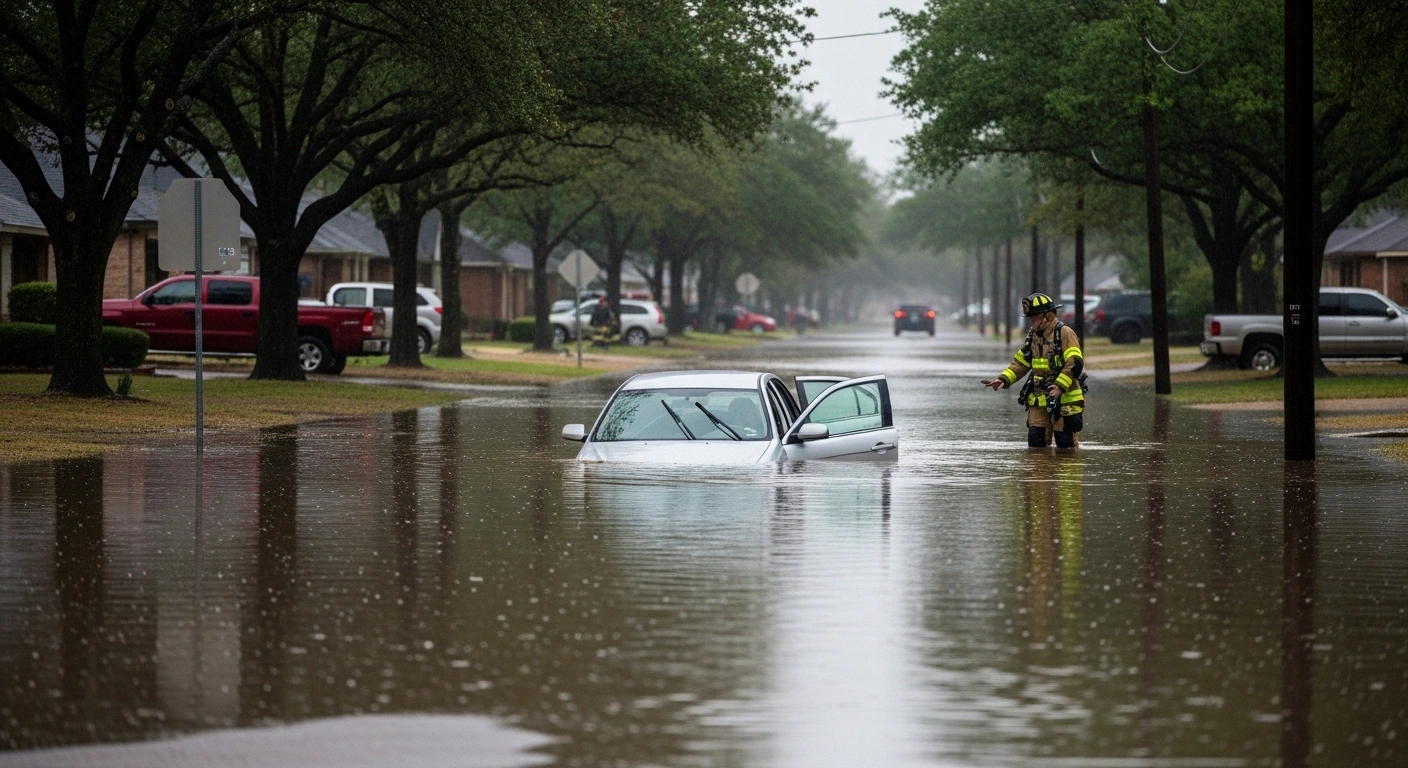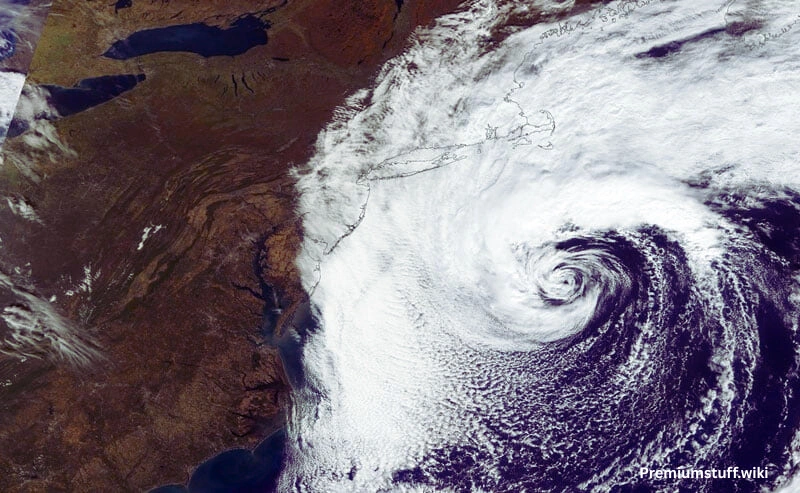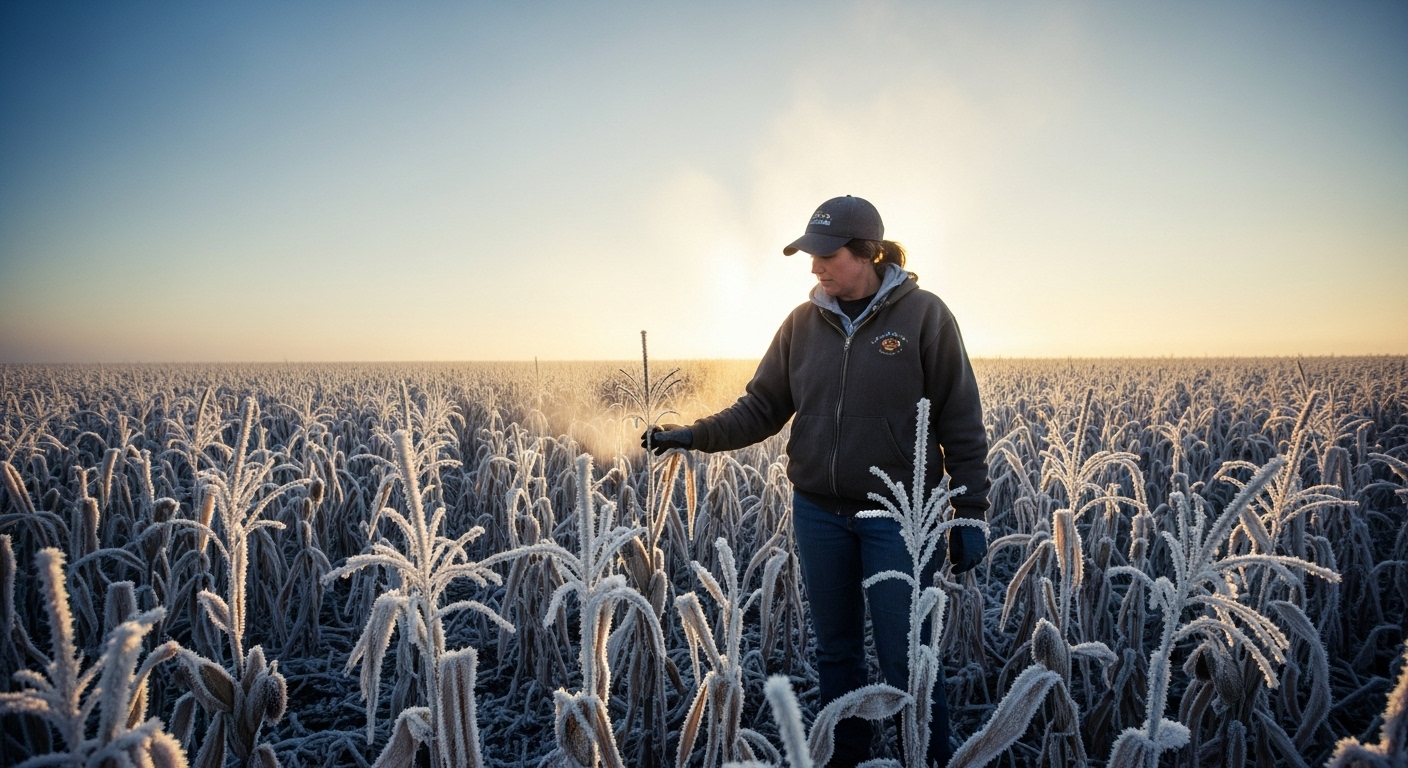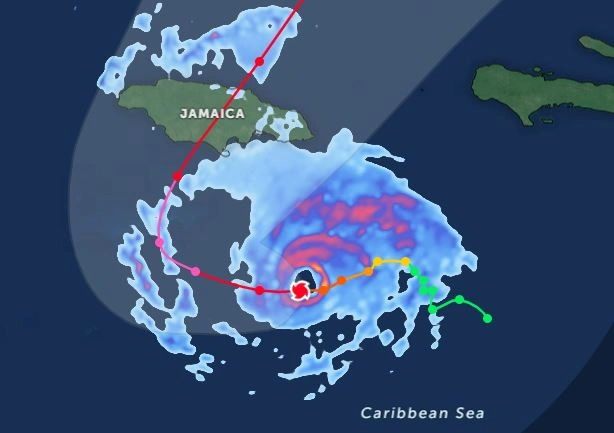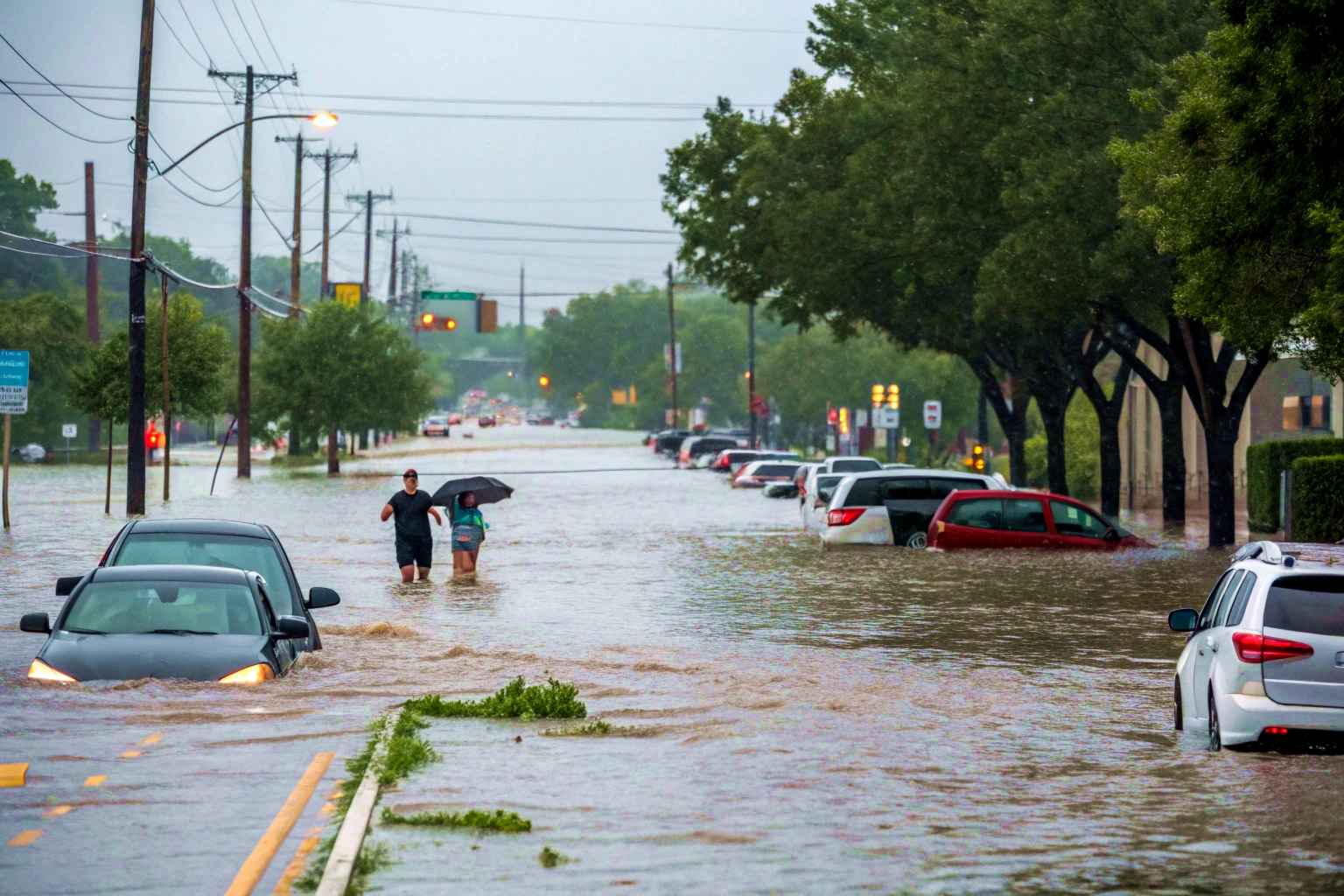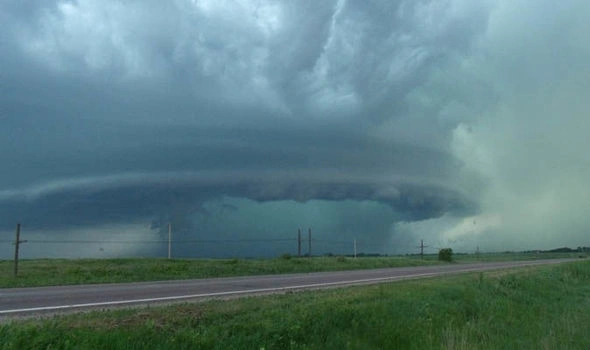Farmers’ Almanac Weather Prediction for Texas Winter : Wet and Wild, Or Warm and Dry?
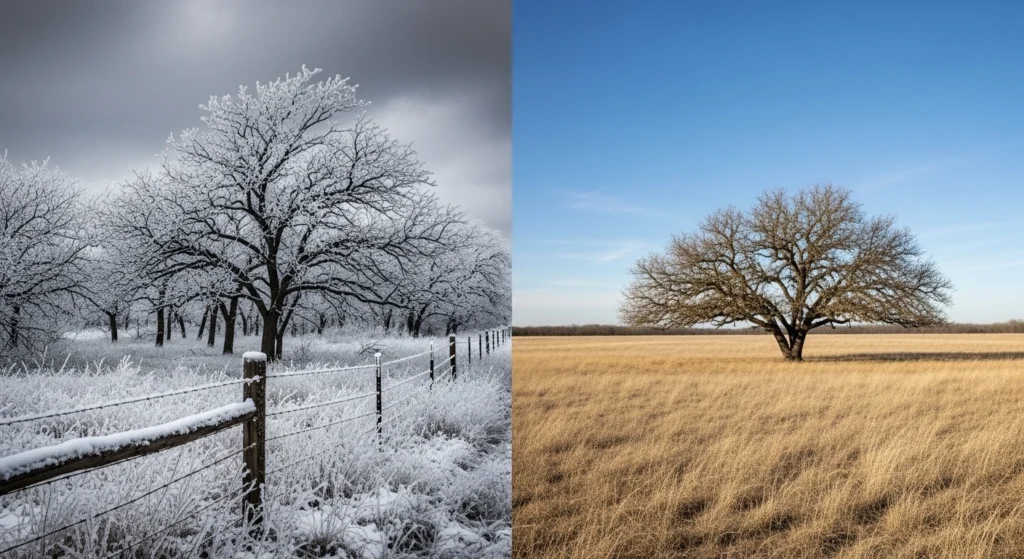
How traditional weather wisdom and modern climate science offer competing visions for the coming season
October 22, 2025 – As Halloween approaches, Texans are left wondering what kind of winter they should prepare for after two major forecasting authorities released sharply conflicting predictions. The divide between traditional almanacs and government scientists has never been starker, leaving residents to decipher whether they’ll need snow shovels or sunscreen in the coming months.
The Farmers’ Almanac, using its proprietary 200-year-old formula, predicts a colder, wetter winter for Texas with periodic freezing precipitation. Meanwhile, NOAA’s Climate Prediction Center forecasts warmer and drier conditions based on La Niña climate patterns. This forecasting clash has practical implications for everyone from farmers to emergency planners across the Lone Star State.
“We use a tried-and-true formula that adapts to the mysteries of nature and the ever-changing world in which we live,” explains the Farmers’ Almanac website, noting their method accounts for celestial events, solar activity, lunar motion, and other proprietary factors .
What the Farmers’ Almanac Sees Coming
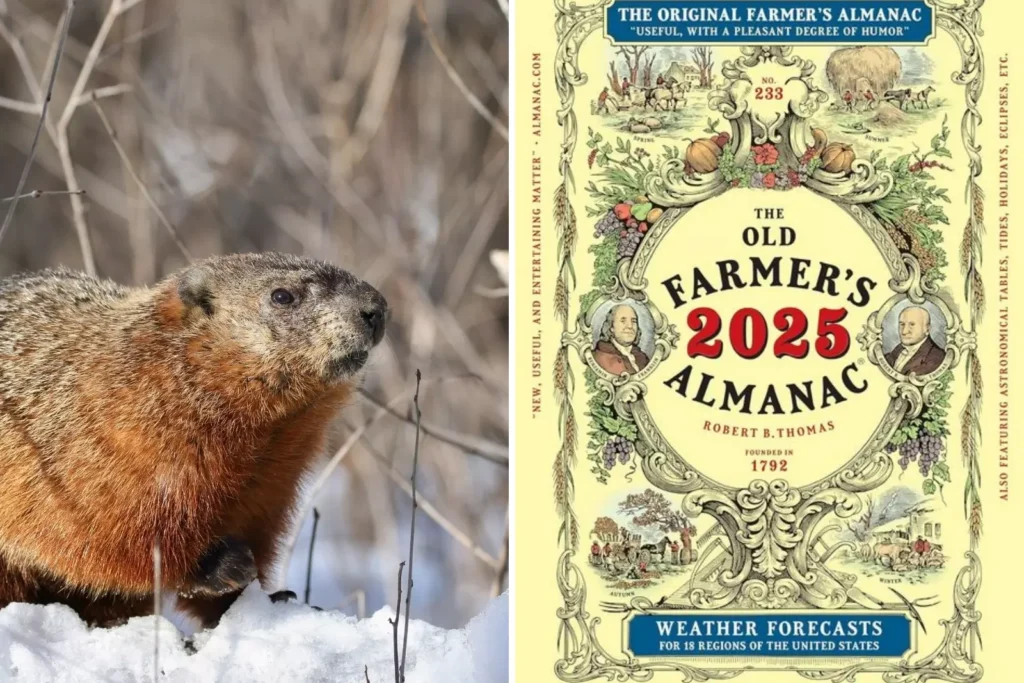
The Farmers’ Almanac weather outlook for the 2025-2026 winter season paints a picture of potential precipitation problems for Texas. Unlike the official government forecast, the Almanac specifically suggests Texas and the Southern Plains are “on tap for a wetter-than-average winter with periodic cold snaps” .
While significant snow accumulation isn’t their primary prediction, the publication warns that “the region may face several cold rain events and occasional freezing precipitation, particularly in northern areas” . This forecast raises eyebrows among those who remember the devastating Winter Storm Uri in 2021, which also occurred during La Niña conditions.
The Almanac’s broader national summary hints at a winter of “dramatic swings and widespread wintry weather” with Americans advised to get ready to “chill, snow, repeat” . For Texas, this could translate to sharper temperature fluctuations than usual, creating challenging conditions for agriculture and infrastructure.
NOAA’s Competing Scientific Assessment
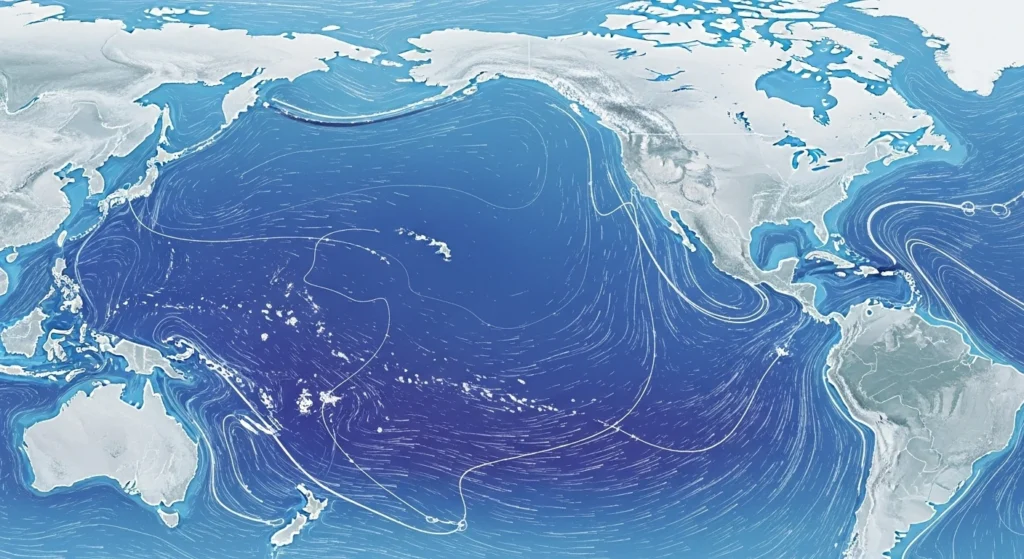
While the Farmers’ Almanac weather prediction leans toward a chilly, damp Texas winter, NOAA’s winter outlook tells a different story. The federal agency indicates “warmer-than-average temperatures are favored from the southern tier of the U.S.” with “these probabilities strongest along the Gulf Coast and for most of Texas” .
NOAA’s forecast, which covers December 2024 through February 2025, also suggests drier-than-normal conditions for southern Texas and the broader southern half of the country . This aligns with typical La Niña patterns, which generally bring warmer and drier conditions to southern states.
Jon Gottschalck, chief of the Operational Prediction Branch of NOAA’s Climate Prediction Center, explains the scientific basis: “This winter, an emerging La Niña is anticipated to influence the upcoming winter patterns, especially our precipitation predictions” .
The agency notes that La Niña conditions developed earlier this fall and are expected to persist through February 2026, potentially delaying the arrival of Arctic air in Texas, similar to what occurred last winter .
When Will the Cold Arrive?
The timing of Texas’s first freeze remains a topic of intense interest, especially after last year’s unusually late arrival of frigid temperatures. Historical data compiled by the Farmers’ Almanac suggests San Antonio typically sees its first fall frost around November 18, though this date represents a statistical average rather than a guarantee .
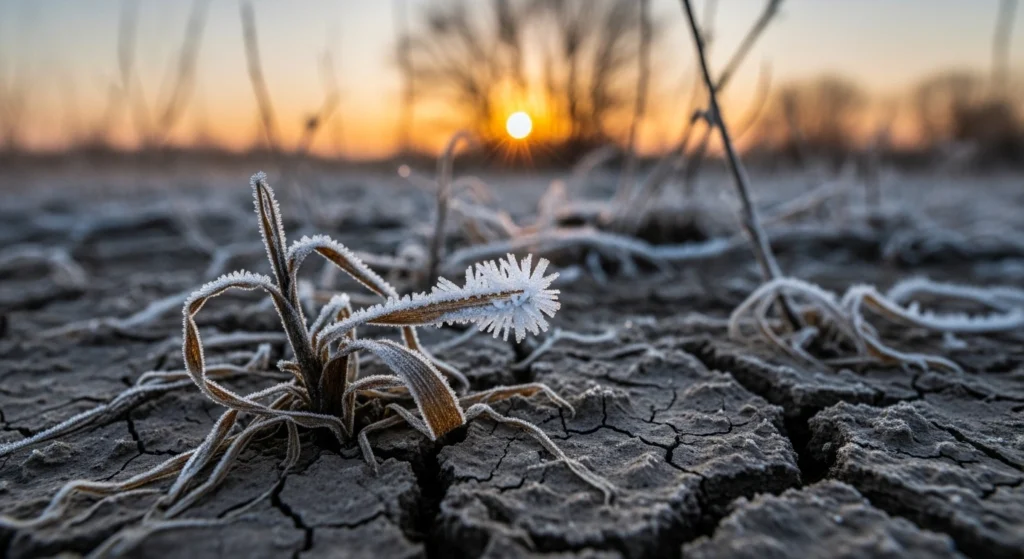
The Almanac cautions readers: “We use a 30% probability threshold, meaning there’s about a 3 in 10 chance frost will occur before or after the given date. Because microclimates vary—your backyard might be warmer or cooler than nearby towns—use these dates as a flexible guide, not a guarantee” .
Last year, both San Antonio and Austin didn’t experience their first fall freeze until mid-December, approximately three weeks later than average, during similar La Niña conditions . This pattern could repeat if NOAA’s warmer forecast verifies.
Forecasting Methods: Tradition Versus Technology

The stark contrast between winter predictions highlights the very different approaches taken by these forecasting entities.
The Farmers’ Almanac relies on a secret formula developed by its founding editor in 1818, based on “correlations between celestial events, and various meteorological conditions” . This proprietary method includes consideration of solar activity, the motion of the Moon, and other natural factors the publication guards closely.
By contrast, NOAA’s approach employs sophisticated climate models, satellite data, and extensive observation of oceanic and atmospheric conditions. The agency focuses heavily on climate patterns like the El Niño-Southern Oscillation (ENSO), specifically the current La Niña phase characterized by cooler-than-average sea surface temperatures in the Pacific .
This methodological divide isn’t new, but it appears particularly pronounced for this year’s Texas winter forecast. As one analysis of forecasting conflicts noted: “These differences aren’t just academic—they shape how millions of Americans prepare for winter” .
What This Means for Texans
The conflicting forecasts leave Texans in a challenging position for winter preparation. While the Farmers’ Almanac weather prediction suggests preparing for freezing rain and colder conditions, NOAA’s outlook points toward a milder winter with potential drought concerns.
Emergency management officials recall that La Niña conditions were also in place during Winter Storm Uri in 2021, which brought catastrophic freezing conditions to Texas . This reminder suggests that even in generally warmer winters, catastrophic cold snaps remain possible.
Meteorologists note that while seasonal outlooks provide useful guidance, they cannot predict specific weather events weeks or months in advance. The overall pattern might lean warm, but a single polar vortex disruption could still send Arctic air plunging into Texas for days or weeks.
How to Prepare for an Uncertain Winter

With competing forecasts, many Texans are wondering how to prepare for the coming months. Emergency planners suggest a balanced approach:
- Prepare for typical Texas winter conditions including at least one significant cold snap
- Monitor short-term forecasts for specific freezing weather events
- Remember that La Niña winters can still produce dramatic cold outbreaks despite warmer overall predictions
- Have emergency supplies sufficient for at least several days of power outages or infrastructure issues
As the Farmers’ Almanac notes, “Don’t lose track of your snow shovels and umbrellas,” even in regions expecting milder conditions . This advice seems particularly relevant for Texas this year, given the dramatic differences in seasonal predictions.

The Farmers’ Almanac weather prediction and NOAA’s scientific forecast offer Texans two very different visions of the coming winter. One suggests a colder, wetter season with freezing precipitation; the other anticipates warmer, drier conditions typical of La Niña patterns.
What remains certain is that Texas weather rarely follows simple predictions. As the state learned dramatically in 2021, even forecasts favoring mild conditions can be interrupted by severe winter storms. Whether Texans will face a freezing cold winter remains uncertain, but both forecasting approaches suggest the season will be closely watched by millions.

